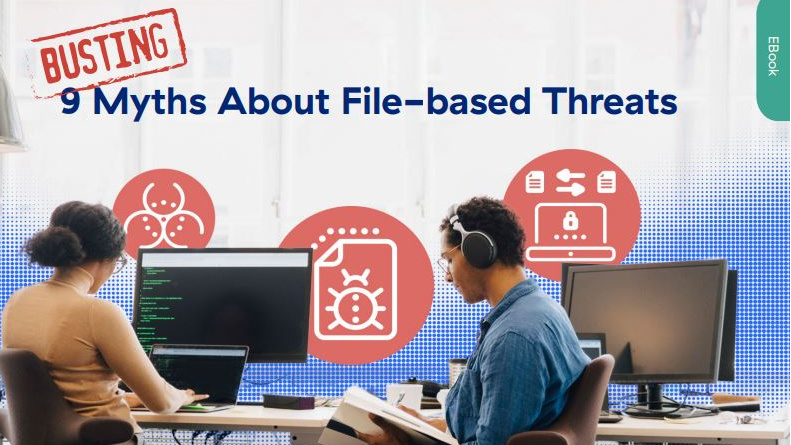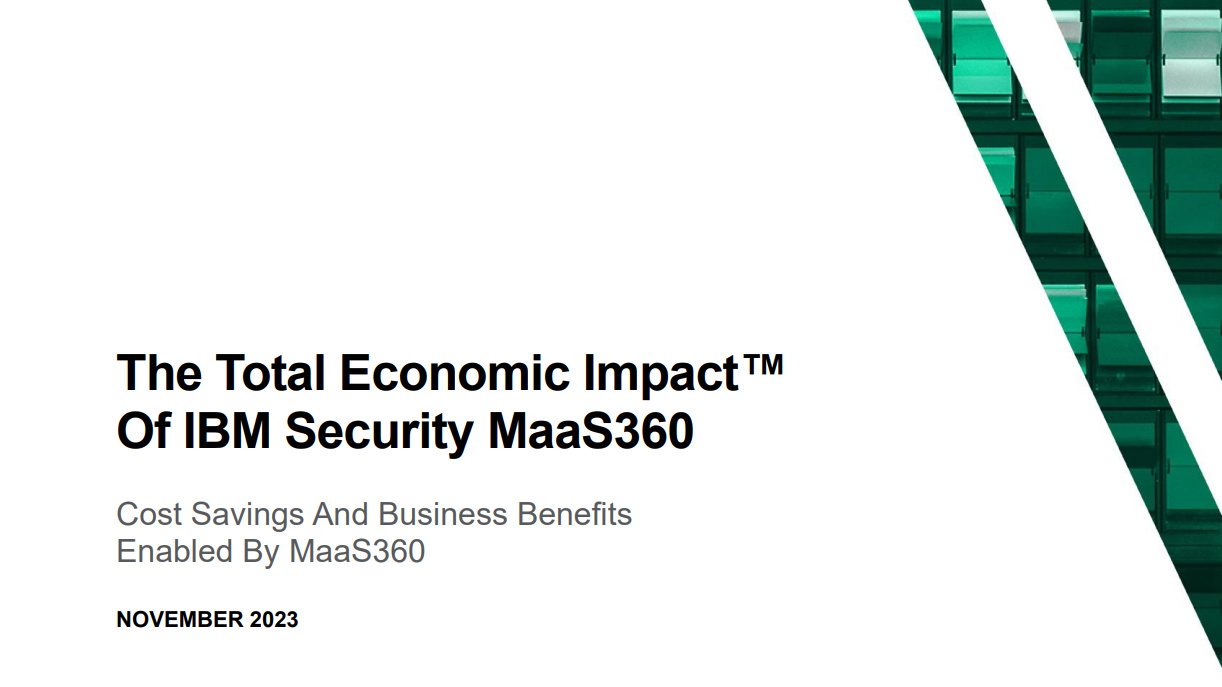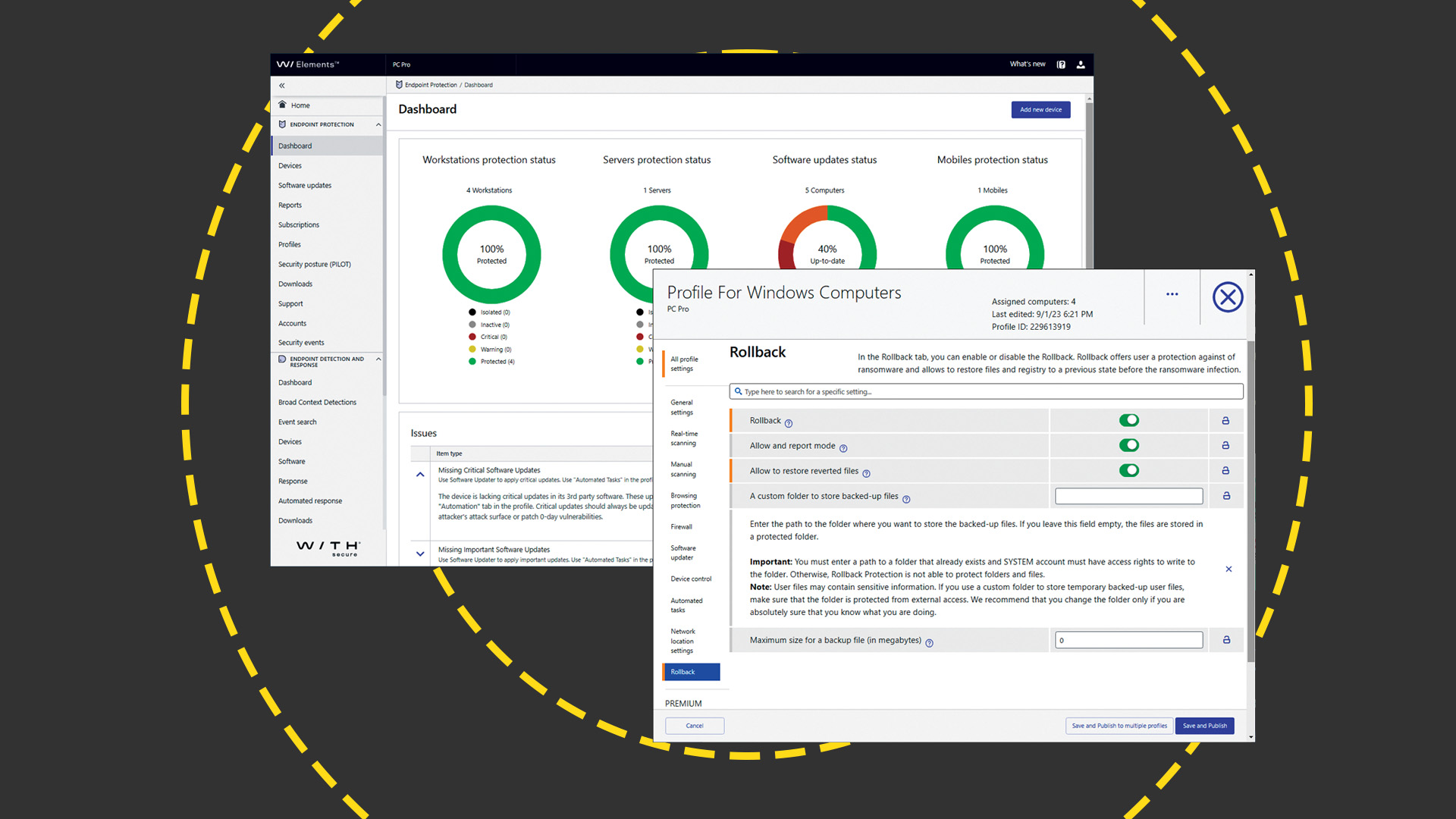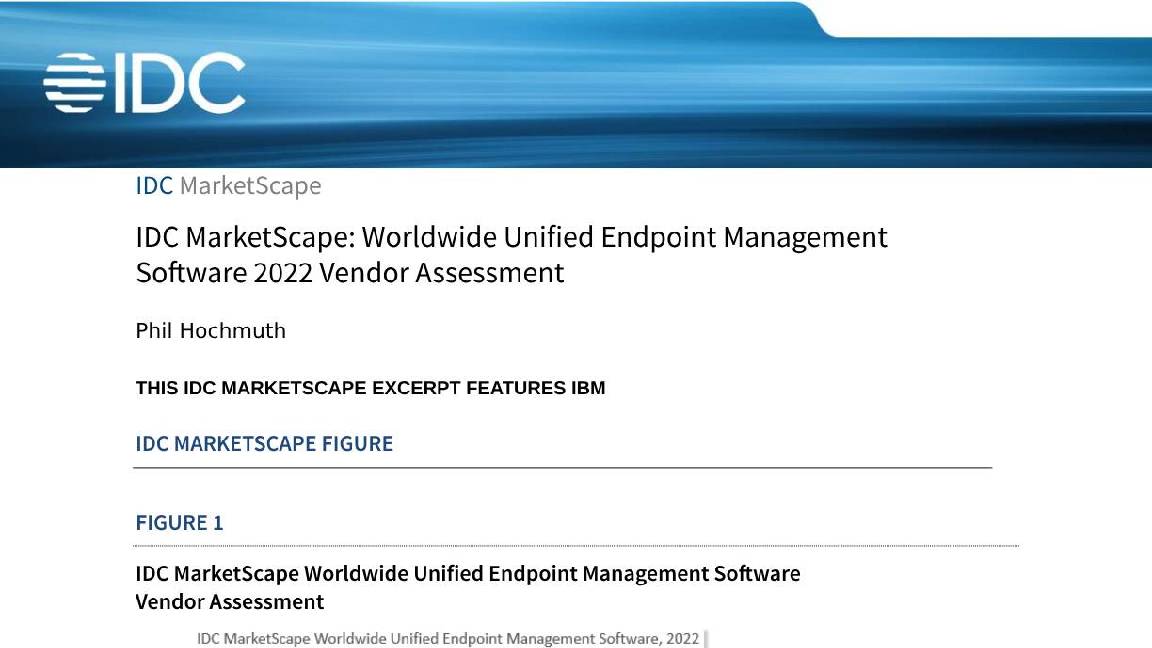New Mirai variant spotted targeting network devices
Palo Alto researchers claim exploit code for ten vulnerabilities have been used so far


Security researchers have discovered another Mirai variant that is targeting new Internet of Things (IoT) vulnerabilities.
According to a blog post by researchers at Palo Alto Networks' Unit 42 Threat Intelligence Team, the attacks were first observed in mid-February. One IP address involved in the attack was updated to serve a Mirai variant leveraging CVE-2021-27561 and CVE-2021-27562, just hours after vulnerability details were published.
Earlier this month, the same samples were served from a third IP address, with the addition of an exploit leveraging CVE-2021-22502. At the tail end of last week, an exploit targeting CVE-2020-26919 was also incorporated into the samples.
The researchers said that the attacks are also using three other IoT vulnerabilities yet to be identified. These include two remote command execution vulnerabilities against unknown targets, and a vulnerability used by Moobot in the past.
In all of the attacks, hackers use the wget utility to download a shell script from the malware infrastructure. The shell script then downloads several Mirai binaries compiled for different architectures and executes these downloaded binaries one by one.
In addition to downloading Mirai, other malicious shell scripts have also been discovered.
“The attacks are still ongoing at the time of this writing. Upon successful exploitation, the attackers try to download a malicious shell script, which contains further infection behaviors such as downloading and executing Mirai variants and brute-forcers,” said Palo Alto Networks.
Get the ITPro daily newsletter
Sign up today and you will receive a free copy of our Future Focus 2025 report - the leading guidance on AI, cybersecurity and other IT challenges as per 700+ senior executives
After a successful attack, hackers have then downloaded other binaries to schedule jobs, make filter rules, carry out brute force attacks, or spread the malware.
Among these are lolol.sh, which downloads the “dark” binaries and schedules a job that would run every hour to rerun the lolol.sh script.
“However, the cron configuration is incorrect. This would have been an attempt to ensure the process is re-launched in case it crashes or is killed for some other reason,” said researchers.
Install.sh downloads GoLang v1.9.4 onto the target system and adds it to the system path. It also downloads “nbrute” binaries and a “combo.txt” file. Nbrute.[arch] mainly serves the purpose of brute-forcing the various credentials found in “combo.txt” while initiating an SSH connection with a certain IP.
Combo.txt is a plain text file containing numerous combinations of credentials (often default credentials on devices). Dark.[arch] is a binary based on the Mirai codebase, and mainly serves the purpose of propagation, or brute-forcing SSH connections using some hard-coded credentials in the binary.
"The IoT realm remains an easily accessible target for attackers. Many vulnerabilities are very easy to exploit and could, in some cases, have catastrophic consequences," the researchers added.
Rene Millman is a freelance writer and broadcaster who covers cybersecurity, AI, IoT, and the cloud. He also works as a contributing analyst at GigaOm and has previously worked as an analyst for Gartner covering the infrastructure market. He has made numerous television appearances to give his views and expertise on technology trends and companies that affect and shape our lives. You can follow Rene Millman on Twitter.
-
 Bigger salaries, more burnout: Is the CISO role in crisis?
Bigger salaries, more burnout: Is the CISO role in crisis?In-depth CISOs are more stressed than ever before – but why is this and what can be done?
By Kate O'Flaherty Published
-
 Cheap cyber crime kits can be bought on the dark web for less than $25
Cheap cyber crime kits can be bought on the dark web for less than $25News Research from NordVPN shows phishing kits are now widely available on the dark web and via messaging apps like Telegram, and are often selling for less than $25.
By Emma Woollacott Published
-
 Busting nine myths about file-based threats
Busting nine myths about file-based threatsWhitepaper Distinguish the difference between fact and fiction when it comes to preventing file-based threats
By ITPro Published
-
 The Total Economic Impact™ of the Intel vPro® Platform as an endpoint standard
The Total Economic Impact™ of the Intel vPro® Platform as an endpoint standardWhitepaper Cost savings and business benefits enabled by the Intel vPro® Platform as an endpotnt standard
By ITPro Published
-
 The Total Economic Impact™ of IBM Security MaaS360 with Watson
The Total Economic Impact™ of IBM Security MaaS360 with WatsonWhitepaper Cost savings and business benefits enabled by MaaS360
By ITPro Published
-
 WithSecure Elements EPP and EDR review: Endpoint protection on a plate
WithSecure Elements EPP and EDR review: Endpoint protection on a plateReviews An affordable cloud-managed solution with smart automated remediation services
By Dave Mitchell Published
-
 KuppingerCole leadership compass report - Unified endpoint management (UEM) 2023
KuppingerCole leadership compass report - Unified endpoint management (UEM) 2023Whitepaper Get an updated overview of vendors and their product offerings in the UEM market.
By ITPro Published
-
 The Total Economic Impact™ of IBM Security MaaS360 with Watson
The Total Economic Impact™ of IBM Security MaaS360 with WatsonWhitepaper Get a framework to evaluate the potential financial impact of the MaaS360 on your organization
By ITPro Published
-
 Unified endpoint management software vendor assessment
Unified endpoint management software vendor assessmentWhitepaper Make positive steps on your intelligent automation journey
By ITPro Published
-
 PowerEdge - Cyber resilient infrastructure for a Zero Trust world
PowerEdge - Cyber resilient infrastructure for a Zero Trust worldWhitepaper Combat threats with an in-depth security stance focused on data security
By ITPro Published